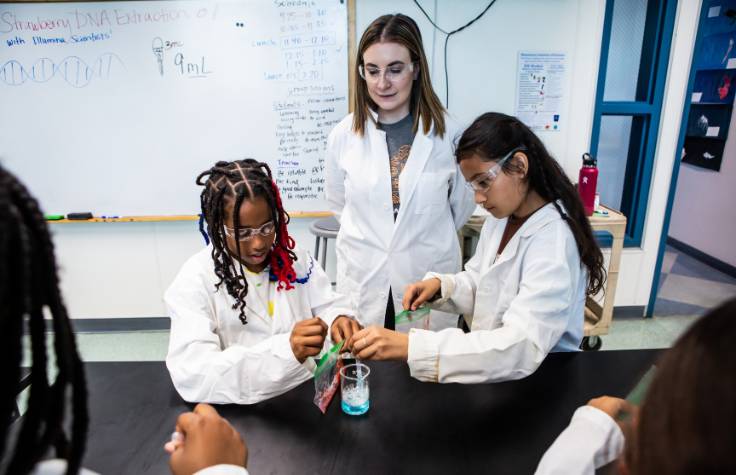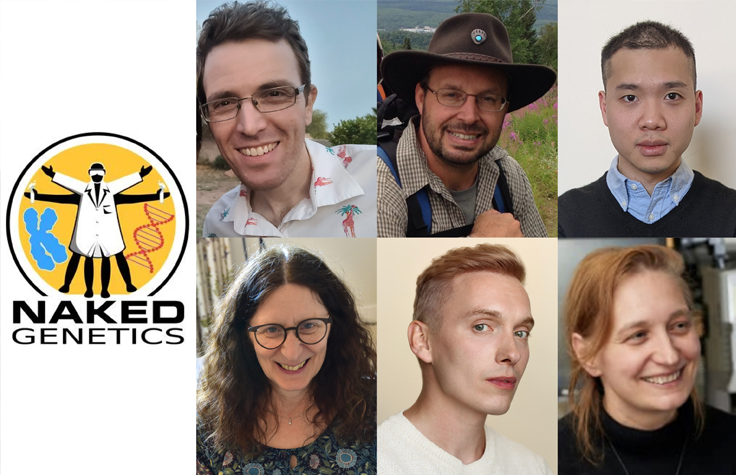
28 January 2020
We are excited that the world-renowned Weizmann Institute of science has chosen Illumina sequencing in their endeavor to uncover how individual cells operate and interact, thereby increasing our understanding of health as well as disease.”
Professor Ido Amit, working in the Institute’s Immunology department, together with Professor Amos Tanay from the Department of Computer Science and Applied Mathematics are using Illumina’s NovaSeq 6000 system to investigate how cells within the immune system interact with healthy tissue and tumour cells. The NovaSeq 6000 is Illumina’s most powerful sequencer to date, providing whole genome, transcriptome and epigenome analysis with exceptional quality and speed. The system is able to sequence millions of single cells rapidly and accurately, revolutionizing research into neurodegenerative diseases, cancer, autoimmune conditions and rare diseases.
Professor Amit, who was recently awarded the Sanofi-Institut Pasteur International Junior scientist for 2019, said: “We are very excited to start applying the NovaSeq to understand the interplay between tumours and the immune system, accelerating the development of new immunotherapies to fight cancer. This technology will enable us to develop new applications for single cell genomics and carry out much larger, and more-ambitious studies that will transform personalised diagnostics and therapies based on the genetic makeup of each patient and the molecular changes driving their disease.”
Paula Dowdy, Senior Vice President and General Manager, Europe, Middle East and Africa at Illumina, said: “We are excited that the world-renowned Weizmann Institute of science has chosen Illumina sequencing in their endeavor to uncover how individual cells operate and interact, thereby increasing our understanding of health as well as disease.”
The new system has been installed in the Nancy and Stephen Grand Israel National Center for Personalized Medicine (G-INCPM) by a dedicated Illumina-Danyel support team. Danyel Biotech a privately-owned, marketing life science company, part of the Gamida for Life Group, will also provide support to the team.
Other research programs within the G-INCPM that will benefit from access to the NovaSeq system include the Human Cell Atlas – a ground-breaking project aiming to map every cell type in the human body – as well as the 10K project, which is cataloguing the gut microbiome in 10,000 volunteers.
Insights From the Genome, Epigenome and Transcriptome
There are more than 4,000 times more cells in a human body than the total number of people on planet Earth. Like each person, every cell has its own unique identity. Each cell contains the same set of genetic instructions encoded within DNA, but its identity and function depend on the repertoire of genes that are active at any particular time.
Even tissues that appear to contain the same cell type are often complex mixtures of cells in different states. Traditional sequencing techniques require samples of hundreds, thousands or even millions of cells processed together, effectively creating a ‘cellular smoothie’. This blurs cell individual identities and misses potentially vital information about the molecular processes at work within healthy and abnormal tissues.
As well as the underlying DNA, each cell has a set of molecular ‘tags’ known as the epigenome, which label regions of the genome according to whether they are active or silent. When a gene is active, it is copied to create multiple RNA messenger molecules that carry instructions for making proteins within the cell. The RNA sequences present in a cell at any one time are collectively known as the transcriptome.
Technologies such as Illumina’s NovaSeq 6000 enables researchers to sequence the genome, epigenome and transcriptome with a higher depth of coverage, even down to the level of single cells. This “multi-omic” approach was voted “method of the year” for 2019 by Nature Methods for its potential to dissect dynamic biological events.
Such techniques are laying the foundations for advances in precision medicine, leading to the development of tests and treatments based on the molecular makeup of a given patient and their disease. For example, in cancer bulk sample sequencing may identify a treatment that targets the majority of cells in a tumour but could easily overlook a small quantity of cells that are resistant to the therapy. These resistant cells continue to grow, eventually causing recurrence of cancer. Single-cell sequencing has the potential to provide much more detailed information about the genetic patchwork within a tumour, identifying resistant cells and enabling doctors to select a treatment approach that is more likely to work.



